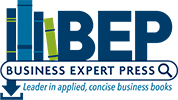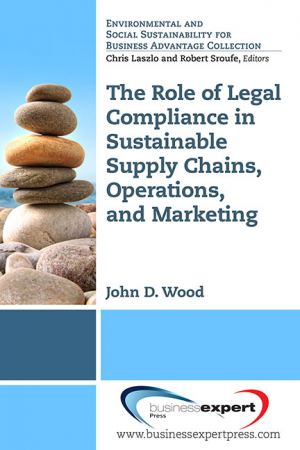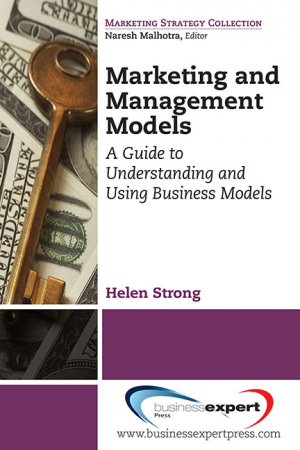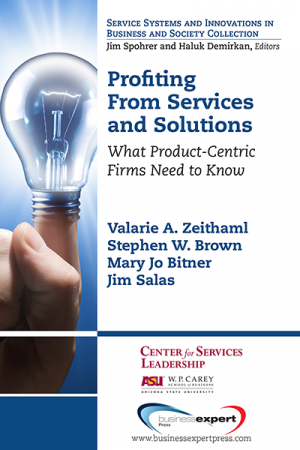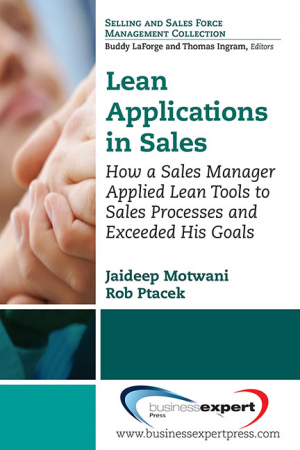Effective Advertising Strategies for Your Business
$21.99As the media landscape has evolved over the past few years, especially with the emergence of interactive and social media, the philosophy of advertising is significantly changing. Most businesses realize that the days when they relied on three national networks (ABC, NBC, and CBS) and a few national newspapers to advertise are gone; thus, they begin to find alternatives to standardized advertising. Many of them begin to adopt more individualized advertising approaches, empowered by Internet technologies.
This book outlines three fundamental strategies of advertising: standardized, targeted, and individualized. It describes each strategy in detail and discusses the pros and cons of each. The importance of collecting consumer insights and incorporating those insights into advertising messages are also highlighted. Although a few high-technology companies, such as Google, Facebook, and Amazon, are showing success in delivering individualized advertising messages to consumers, this approach (including both personalization and customization) is not suitable for all businesses. No single strategy is absolutely more effective than the others; however, inside you are given a real strategy based on a scrutiny of the value proposition of the business and expectations of consumers.
